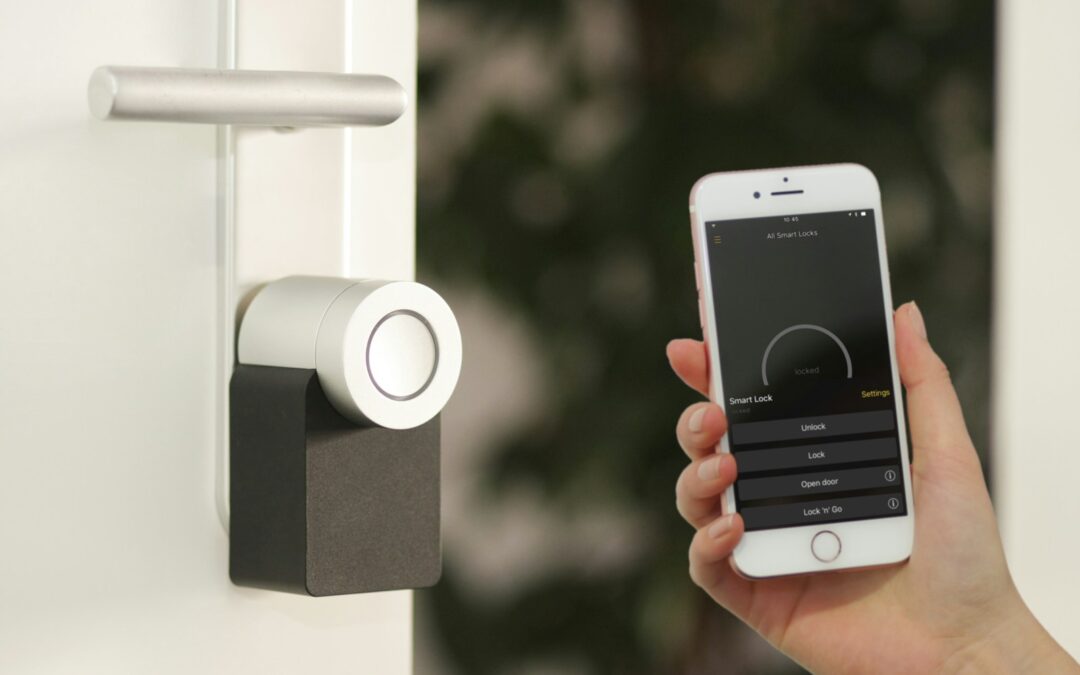The Impact of IoT-Enabled Smart Grids on Urban Energy Management
Introduction to IoT-Enabled Smart Grids for Energy Efficiency
IoT-enabled smart grids for energy efficiency are at the forefront of transforming urban energy management in cities like Riyadh and Dubai. By integrating IoT technology into power grids, these smart systems can monitor, manage, and optimize energy consumption in real-time, leading to significant improvements in energy efficiency and sustainability. This innovative approach not only helps reduce energy waste but also supports the broader goals of digital transformation and sustainable urban development.
In rapidly growing metropolitan areas in Saudi Arabia and the UAE, where energy demand is high, IoT-enabled smart grids offer a practical solution for managing resources more effectively. These grids use connected sensors and advanced data analytics to gather real-time information on energy usage across various sectors, from residential buildings to industrial facilities. This data-driven approach allows for dynamic adjustments in energy distribution, ensuring that supply meets demand without unnecessary overproduction or waste.
Furthermore, IoT-enabled smart grids contribute to the overall resilience of the energy infrastructure by detecting and responding to faults quickly. By identifying potential issues before they escalate into major problems, these systems enhance the reliability of the energy supply, reduce downtime, and minimize maintenance costs. For business leaders and urban planners, investing in IoT technologies for energy management is a strategic decision that aligns with the increasing focus on sustainability and efficient resource utilization.
Optimizing Energy Consumption with Real-Time Data
One of the most significant advantages of IoT-enabled smart grids for energy efficiency is the ability to optimize energy consumption through real-time data analysis. Traditional power grids often struggle with balancing supply and demand, leading to energy losses and inefficiencies. In contrast, IoT-enabled smart grids use data from a wide range of sensors to monitor energy usage patterns, predict demand, and adjust distribution accordingly. This level of insight allows for a more efficient use of energy resources, reducing waste and lowering costs.
For example, in a smart city like Dubai, IoT-enabled smart grids can dynamically adjust energy supply based on real-time data from residential, commercial, and industrial areas. By understanding when and where energy is needed most, these grids can shift power distribution to avoid overloading certain areas while ensuring that all sectors receive the energy they require. In Riyadh, similar systems can optimize the use of renewable energy sources, such as solar or wind power, by predicting production levels and adjusting grid operations to maximize the use of clean energy.
Moreover, IoT-enabled smart grids can provide consumers with detailed insights into their energy usage, empowering them to make more informed decisions about their consumption habits. Smart meters and connected devices can offer real-time feedback on energy use, helping individuals and businesses identify areas where they can reduce consumption and save on costs. This proactive approach not only supports energy efficiency but also fosters a culture of sustainability among urban populations.
Leveraging IoT-Enabled Smart Grids for Sustainable Urban Development
Integrating Renewable Energy with Smart Grid Technology
The integration of renewable energy sources is a key component of sustainable urban development, and IoT-enabled smart grids for energy efficiency play a critical role in this process. By connecting renewable energy assets such as solar panels, wind turbines, and energy storage systems to the grid, IoT technology enables seamless integration and optimal management of these resources. This connectivity ensures that renewable energy is utilized effectively, reducing the reliance on fossil fuels and lowering carbon emissions.
In Saudi Arabia and the UAE, where the adoption of renewable energy is rapidly expanding, IoT-enabled smart grids help to balance the variable nature of renewable energy production. For instance, when solar production is high during the day, the smart grid can store excess energy in batteries or redistribute it to areas with higher demand. Conversely, during periods of low renewable production, the grid can draw on stored energy or adjust distribution to maintain a steady supply. This dynamic management capability is essential for maximizing the efficiency and reliability of renewable energy sources.
Additionally, IoT-enabled smart grids can facilitate the development of microgrids, which are localized energy networks that operate independently or in conjunction with the main grid. Microgrids can enhance energy resilience by providing a reliable power supply during outages or emergencies, and they are particularly beneficial for remote areas or critical infrastructure. By leveraging IoT technology, microgrids can optimize their operations, integrate multiple energy sources, and contribute to the overall stability of the urban energy system.
Enhancing Grid Resilience and Reliability
Another key benefit of IoT-enabled smart grids for energy efficiency is the enhancement of grid resilience and reliability. Traditional power grids are often vulnerable to disruptions caused by equipment failures, extreme weather events, or cyber threats. IoT-enabled smart grids address these challenges by using advanced monitoring and analytics to detect anomalies, predict potential issues, and implement corrective actions before problems escalate.
In urban areas like Riyadh and Dubai, where uninterrupted energy supply is crucial for economic activities and quality of life, the ability to quickly identify and respond to grid disturbances is invaluable. IoT-enabled smart grids can pinpoint the location of faults, reroute power to unaffected areas, and even predict equipment failures based on historical data and real-time monitoring. This proactive approach minimizes downtime, reduces the impact of outages, and ensures a more reliable energy supply for residents and businesses alike.
Furthermore, IoT-enabled smart grids contribute to cybersecurity by incorporating advanced security measures, such as encryption and real-time threat detection, to protect the grid from cyber attacks. As energy infrastructure becomes increasingly digital and interconnected, safeguarding against cyber threats is essential for maintaining the integrity and stability of the energy supply. By integrating IoT technology with robust cybersecurity protocols, smart grids provide a secure foundation for sustainable urban energy management.
Conclusion: The Future of Urban Energy Management with IoT-Enabled Smart Grids
In conclusion, IoT-enabled smart grids for energy efficiency represent a transformative approach to urban energy management. By leveraging real-time data, advanced analytics, and connected technologies, these smart grids optimize energy consumption, integrate renewable resources, and enhance the resilience of the energy infrastructure. In regions like Saudi Arabia and the UAE, where the pursuit of sustainability and innovation is driving urban development, the adoption of IoT-enabled smart grids is essential for creating efficient, resilient, and sustainable cities.
For business leaders, urban planners, and policymakers, investing in IoT-enabled smart grids is not just about improving energy efficiency; it is about building a future-ready urban framework that supports the needs of a growing population and a dynamic economy. As cities continue to evolve, the role of IoT in energy management will be pivotal in achieving the goals of digital transformation, sustainability, and enhanced quality of life. By embracing these advanced technologies, cities can ensure they are well-positioned to meet the challenges of the future and lead the way in sustainable urban development.
—
#IoT, #SmartGrids, #EnergyEfficiency, #DigitalTransformation, #SustainableEnergy, #SmartCities, #SaudiArabia, #UAE, #ConnectedTechnology, #EnergyManagement













